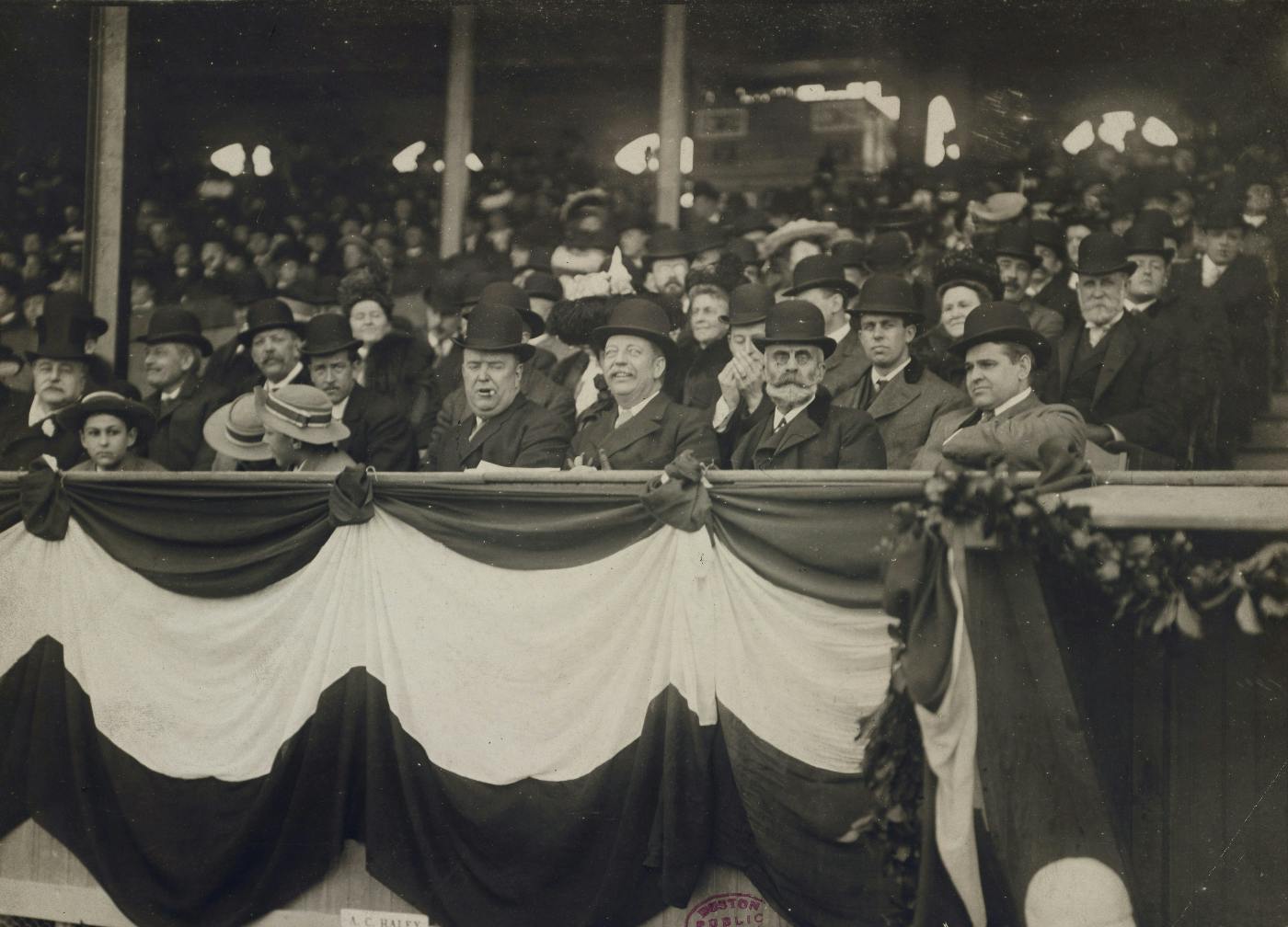

Understanding and connecting with your target audience is crucial in the ever-changing business landscape.
As an actor, I have had to think about my “target audience” often. Now, I’m not famous and starring in Marvel movies, but my audience, which for me means casting directors and producers, changes constantly. As do I. I am no longer 25, and I have moved past Dad types to Grandfather types, and I’m flirting with the edge of crotchety old freakish man types.
In a way, I’m lucky; I have never been a leading man. Since I started my acting journey, my near-spherical dimensions and face that only a mother could love (if she was blind) have placed me in the “character actor” category. That’s fine; I got to play clowns and fools, drunks and strangers, all things that pushed my skill set and allowed me to explore the depth of the human condition.
But even though my journey isn’t the usual, leading man-to-character-actor path, within the character-actor world, I have to redefine and repackage myself constantly. It’s never easy saying goodbye to certain roles or hoping that a director will think outside the box and give me a shot at roles that traditionally go to younger actors. I once saw a production of A Midsummer Night’s Dream where Puck, the energetic sprite, was played by an older man. His take on it, the “here we go again” attitude, worked perfectly, and it was one of the most believable and sympathetic Pucks I’d ever seen. That actor was given a gift, and they did more than anyone could have imagined with it.
What would happen if I were a leading man type, and as my equator grew and my hairline retreated like Napoleon from Russia, I didn’t recognize it? What if I possessed a six-foot-four-inch muscular frame that was now six foot even, and my godlike pectorals were now man boobs, and I refused to acknowledge these changes and went in for the leading man roles? I am sure I’d get the laughs but for the wrong reasons.
The same goes for the business world. How often are you checking in with your target audience? Have they changed? Have you changed? Do you have some change to spare? I need to get lunch, and this job pays squat.
But seriously, how often does your business look in the mirror and honestly evaluate its appeal to the current target audience? Maybe you’re aiming the wrong way, or perhaps you’re missing out on a vast swath of possible audience. Maybe it’s time to reevaluate your target audience honestly.
The Audience
Understanding and connecting with your target audience is crucial in the ever-changing business landscape. As markets evolve, so do consumers' preferences and behaviors. One striking example of successful audience reevaluation is the transformation in the theatrical world and the unprecedented success of the Marvel Cinematic Universe (MCU). Let’s explore the importance of rethinking your target audience, the benefits of doing so, and how businesses can draw inspiration from these examples.

The Need for Rethinking Your Target Audience
Evolving Market Dynamics: Markets are not static. Economic shifts, cultural changes, and technological advancements continuously reshape consumer behavior. Businesses that fail to recognize and adapt to these changes risk losing relevance. Regularly reassessing your target audience ensures that your products, services, and marketing strategies align with current market realities.
Staying Relevant: Consumer interests and preferences are fluid. What captivated audiences a decade ago might not hold the same appeal today. By staying attuned to these shifts, businesses can remain relevant and continue to attract and engage their target audience. This adaptability is crucial for long-term success.
Competitive Advantage: Understanding and anticipating the needs of your audience can provide a significant competitive advantage. Businesses that effectively align their offerings with the evolving preferences of their target market can differentiate themselves and build stronger customer loyalty.
Benefits of Reworking Your Target Audience
Increased Engagement: A well-defined and current target audience allows businesses to tailor their messaging and offerings more precisely. This leads to higher engagement levels as consumers feel understood and valued. Personalized marketing campaigns, for instance, can significantly improve response rates and conversion.
Enhanced Customer Experience: By reimagining your target audience, you can better anticipate their needs and preferences, leading to an enhanced customer experience. Whether it’s through product innovation, improved customer service, or tailored content, a deep understanding of your audience ensures that every interaction adds value.
Market Expansion: Rethinking your target audience can open up new market segments. Businesses can expand their reach and tap into new revenue streams by identifying and appealing to previously overlooked demographics. This can be particularly beneficial in saturated markets with limited growth opportunities.
Case Study: Theatrical Target Audience
Traditional vs. Modern Audiences: The traditional target audience for theater has often been older, with a preference for classic productions. However, as younger generations develop an interest in theater, there’s a growing need to diversify the content and presentation styles to appeal to a broader age range.
Adaptation Strategies: To attract a younger audience, many theater companies have started incorporating contemporary themes, interactive elements, and digital technologies into their productions. For instance, the rise of immersive theater experiences, where audiences actively participate in the performance, has resonated well with younger theatergoers.
Success Stories: The success of productions like "Hamilton," which blends historical narrative with modern musical styles, demonstrates the power of reimagining the target audience. By appealing to both traditional theater lovers and a younger, more diverse audience, "Hamilton" has achieved widespread acclaim and commercial success.
Case Study: The Marvel Cinematic Universe (MCU)
Broadening Appeal: The MCU's success is a prime example of effectively reworking a target audience. Initially, superhero movies primarily appealed to comic book enthusiasts. However, Marvel Studios recognized the potential to reach a much broader audience.
Strategic Storytelling: By weaving intricate, interconnected storylines that span multiple films and genres, Marvel created an expansive universe that appeals to various demographics. Including diverse characters and story arcs has further broadened the appeal, attracting audiences beyond the traditional superhero fan base.
Cultural Phenomenon: The MCU's strategic approach has turned it into a cultural phenomenon. Movies like "Black Panther" and "Deadpool & Wolverine" resonated with superhero fans and had a significant cultural impact, attracting audiences interested in representation and diversity.

Practical Steps for Businesses
Conduct Regular Audience Research: Gather data on your audience regularly through surveys, focus groups, and social media analytics. Understanding their changing preferences, behaviors, and pain points is critical to staying relevant.
Segment Your Audience: Identify different segments within your target audience and tailor your messaging and offerings accordingly. Personalization can significantly enhance engagement and customer loyalty.
Stay Agile and Adaptable: The business environment is constantly changing. Adopt an agile approach that allows you to respond quickly to market shifts and adjust your strategies as needed.
Leverage Technology: Use technology to gather insights, engage with your audience, and deliver personalized experiences. From data analytics to AI-driven marketing tools, technology can help you stay ahead of the curve.
Summing Up
Rethinking and updating your target audience is not just a one-time exercise but an ongoing process. The theatrical industry and the Marvel Cinematic Universe examples highlight the benefits of staying attuned to changing demographics, preferences, and market dynamics. By regularly reassessing and reimagining your target audience, businesses can increase engagement, enhance customer experience, and achieve sustainable growth.
ThoughtLab to Action
ThoughtLab would love to hear your experiences and thoughts on updating target audiences. How have you adapted to changing market dynamics? Share your insights in the comments below, and don’t forget to contact ThoughtLab for more tips and strategies on audience engagement and business growth.
